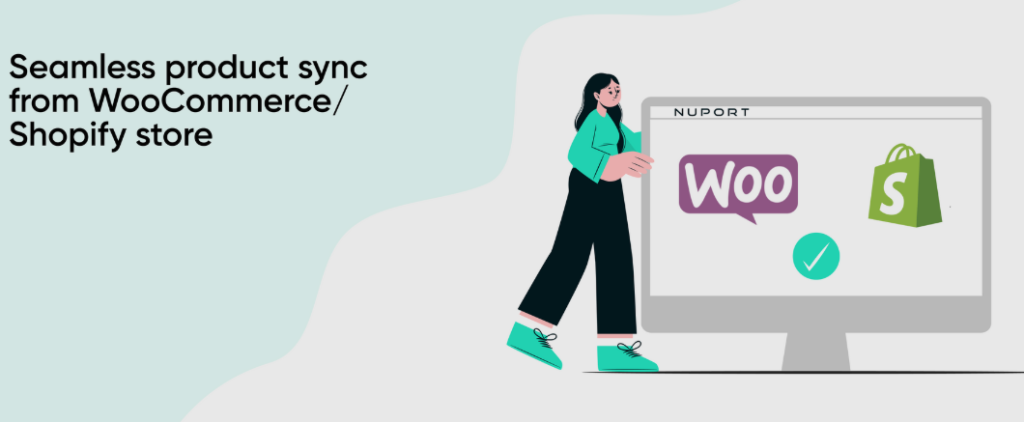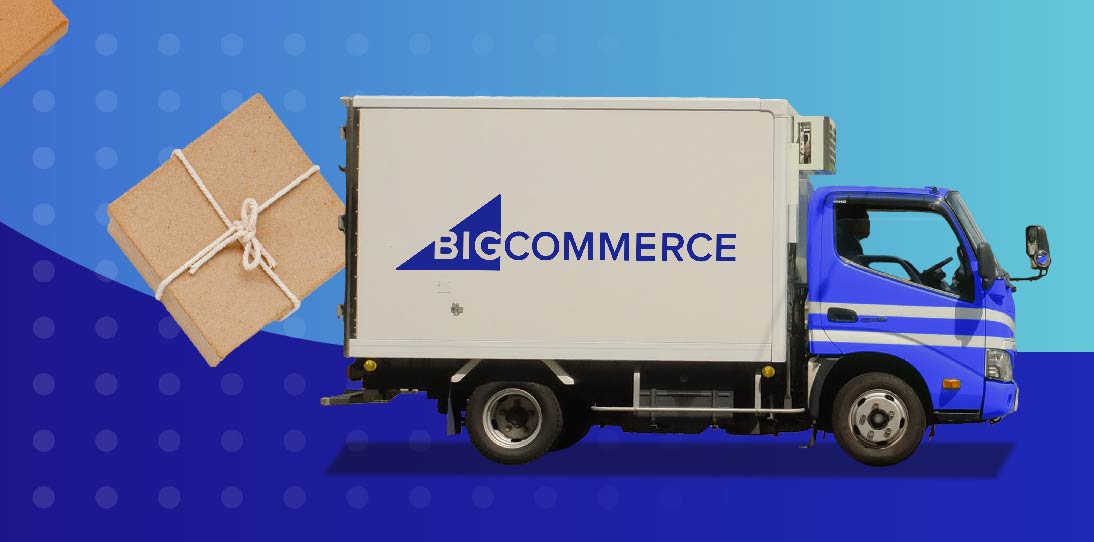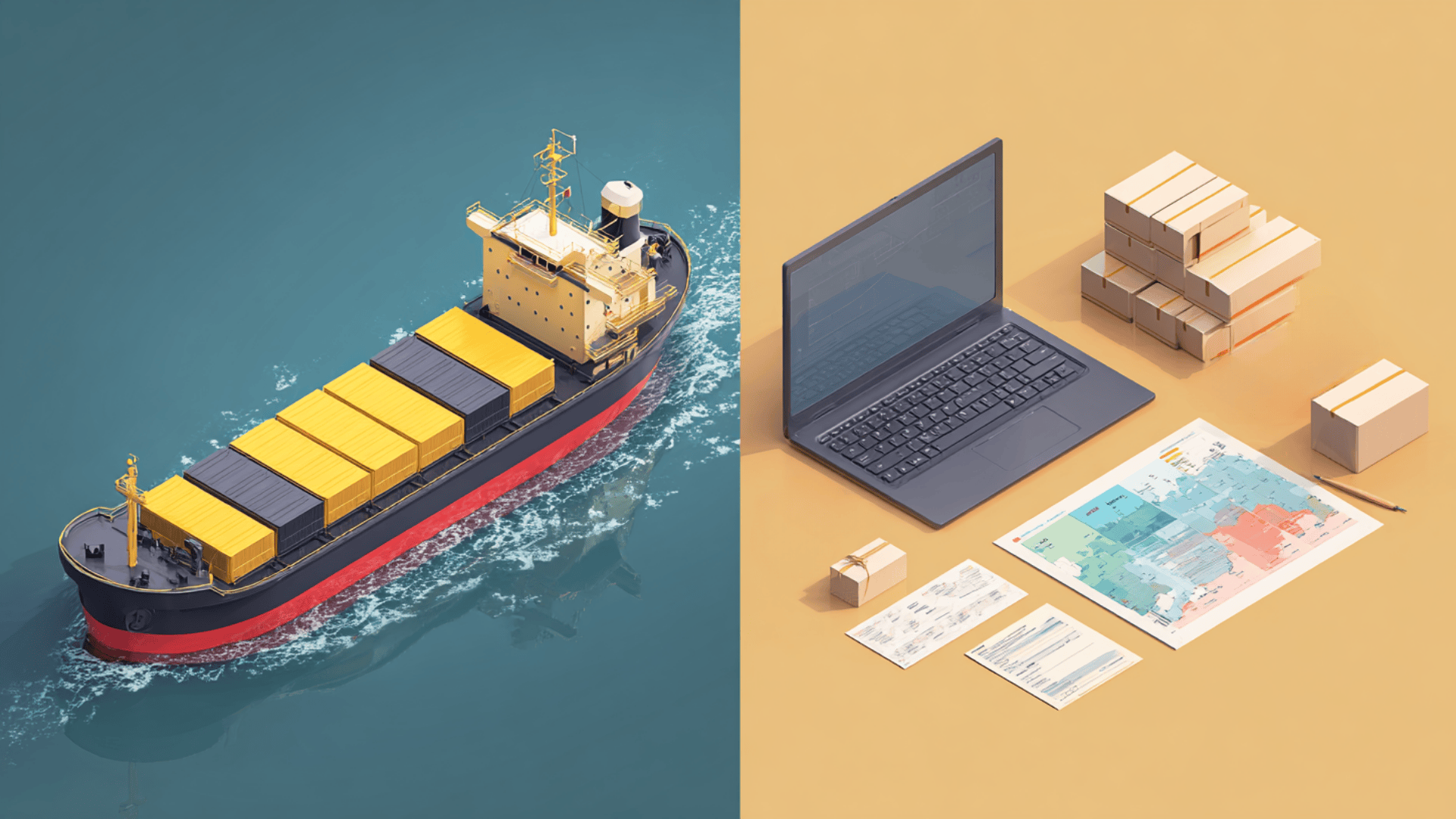Seamless Shipping Integration for E-commerce Logistics
Whether you’re running a small boutique or a large online store, the way you handle shipping can make or break your business. One of the most effective ways to streamline logistics is through seamless shipping integration.
Seamless shipping integration connects your online store with shipping carriers and logistics services, automating many of the tasks involved in fulfillment. It provides real-time tracking updates, automatic rate calculations, and better inventory management. In this article, we’ll explore how integrating seamless shipping solutions into your e-commerce platform can improve your logistics, reduce errors, and enhance customer satisfaction.

What is Seamless Shipping Integration?
Seamless shipping integration refers to connecting your online store’s platform (such as WooCommerce, Shopify, or Magento) with shipping carriers and logistics services like UPS, FedEx, DHL, or Postalparcel. This integration automates tasks like shipping rate calculations, printing labels, updating tracking information, and syncing inventory levels. It ensures that the shipping process is as smooth and efficient as possible, without the need for manual intervention.
For instance, when a customer places an order, the integration automatically selects the most cost-effective carrier based on the shipping address and order weight, and then prints the shipping label. It can also send real-time updates to the customer about their shipment’s status, so they don’t have to reach out for tracking information.
Key Benefits of Seamless Shipping Integration
1. Enhanced Customer Experience
The most immediate benefit of seamless shipping integration is the improvement in customer experience. When customers know exactly when their order will arrive, or if there’s a delay, they feel more confident and satisfied with their purchase. Real-time tracking updates help customers monitor the progress of their orders without needing to contact support.
By offering clear shipping options at checkout and automatically updating customers about the delivery status, businesses can reduce WISMO inquiries (Where Is My Order), cut down on support tickets, and build customer loyalty.

2. Reduced Human Error
Handling logistics manually often leads to errors. Whether it’s entering the wrong address, printing incorrect labels, or selecting the wrong shipping method, mistakes can be costly. With seamless integration, these tasks are automated, significantly reducing the risk of human error.
For example, integration with a service like Postalparcel can automatically verify addresses and ensure that the correct shipping label is printed based on real-time data. This leads to faster order processing, fewer returns, and happier customers.
3. Cost Savings and Efficiency
Seamless shipping integration helps businesses save time and money. Instead of manually comparing shipping rates from different carriers, the system automatically selects the most cost-effective option. It can also suggest the best shipping method based on the customer’s location, order size, and delivery speed.
By automating these tasks, you free up valuable time to focus on other aspects of the business, such as marketing or product development. Additionally, seamless integration helps you avoid costly mistakes like shipping items incorrectly, which can lead to delays, returns, or lost business.
4. Real-Time Inventory Management
For online stores, inventory management is a crucial part of logistics. Seamless shipping integration helps keep inventory data accurate and up-to-date in real time. When an order is placed, the system automatically updates the inventory levels, ensuring that stock is always properly tracked.
This integration is especially important for businesses that operate multiple warehouses or drop-shipping models. Services like Postalparcel’s inventory management ensure that inventory is synced across all platforms, making it easier to manage stock levels, avoid overselling, and provide customers with accurate availability information.
5. Scalability
As your business grows, so does the complexity of your logistics. Handling a larger volume of orders manually can become overwhelming and inefficient. Seamless shipping integration enables you to scale your operations without worrying about increasing the risk of errors or delays.
Whether you’re expanding to new regions, offering more products, or increasing sales, seamless integration ensures that your logistics operations can grow smoothly. It allows your store to handle more orders without compromising on service or efficiency.
How to Implement Seamless Shipping Integration
1. Choose the Right Platform and Shipping Carrier
The first step is selecting the right e-commerce platform and shipping carrier that suits your business needs. Whether you’re using WooCommerce, Shopify, or another platform, make sure the shipping integration options are compatible with your chosen carrier. Platforms like Postalparcel provide an all-in-one solution, offering integration with multiple carriers, order management, and real-time tracking.

2. Install the Integration Plugin or App
Most e-commerce platforms offer plugins or apps that make it easy to connect with shipping carriers. For example, WooCommerce has a range of shipping integration plugins, such as WooCommerce Shipping or third-party services like Postalparcel. Install the appropriate plugin for your platform and configure it based on your business requirements.
3. Set Up Shipping Rules
Once the integration is set up, define your shipping rules. These might include:
- Shipping zones (domestic vs. international)
- Shipping methods (standard, expedited, etc.)
- Package size and weight limits
- Pricing rules (flat rate vs. calculated)
These rules will help the system automatically select the best shipping options for your customers, ensuring that shipping is both cost-effective and accurate.
4. Test the System
Before going live, thoroughly test the system by placing test orders and checking that the shipping rates, labels, and tracking updates are generated correctly. This helps identify any configuration issues and ensures that the integration works smoothly.
5. Monitor and Optimize
Once the system is live, monitor your shipping operations closely. Pay attention to customer feedback, shipping delays, and inventory discrepancies. Use the data provided by your shipping integration system to optimize your logistics processes over time.
How Postalparcel Can Help with Seamless Shipping Integration
One example of how seamless shipping integration can improve logistics is Postalparcel’s logistics services. It offers comprehensive carrier management, order management, and delivery services, allowing you to automate shipping and track orders in real time. This integration helps businesses streamline their fulfillment process, reduce errors, and optimize shipping routes for faster delivery.
A Postalparcel success story comes from a business that managed multiple warehouses and faced difficulty coordinating shipments and inventory. After integrating Postalparcel’s shipping solution, the business was able to improve inventory accuracy, reduce WISMO inquiries, and provide customers with reliable, real-time tracking updates. The integration not only reduced shipping costs but also enhanced operational efficiency, leading to greater customer satisfaction and more repeat business.
Conclusion
Seamless shipping integration is essential for any e-commerce business looking to optimize its logistics operations. By integrating your store with reliable shipping carriers and real-time tracking systems, you can reduce errors, improve inventory management, lower costs, and most importantly, enhance customer satisfaction.
Postalparcel‘s logistics services make it easier to manage shipments, track orders, and integrate seamlessly with your e-commerce platform, ensuring a smooth and efficient logistics operation.
Industry Insights
news via inbox
Nulla turp dis cursus. Integer liberos euismod pretium faucibua








